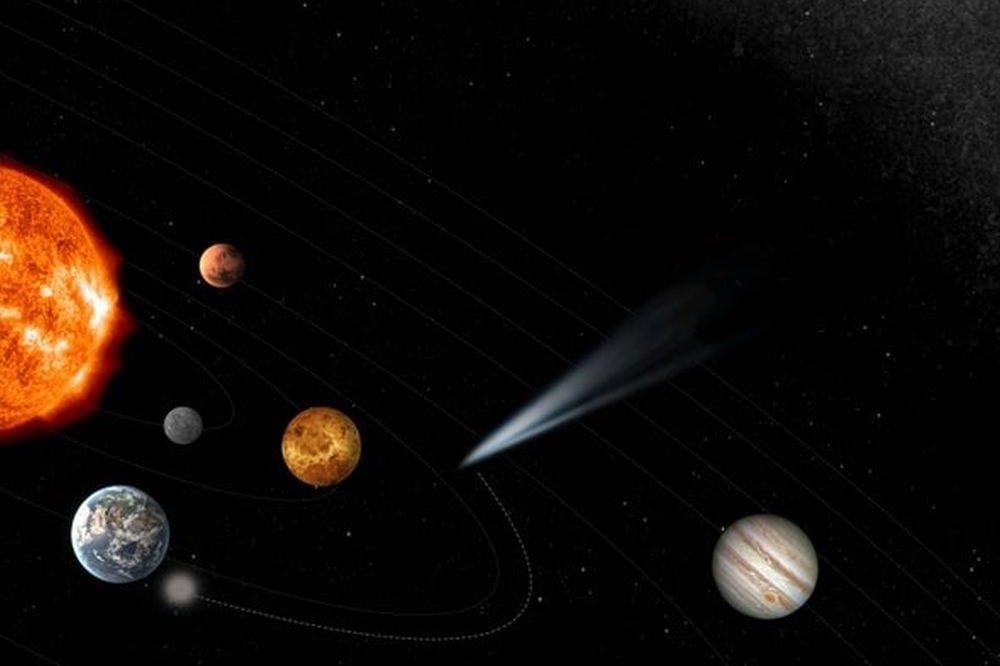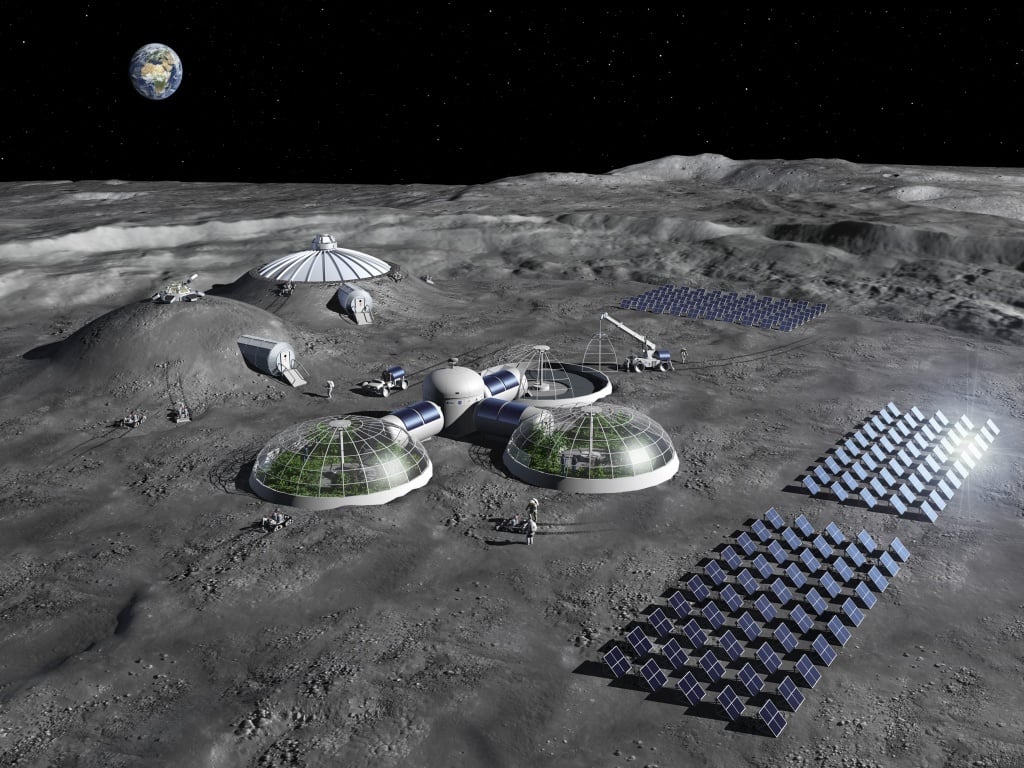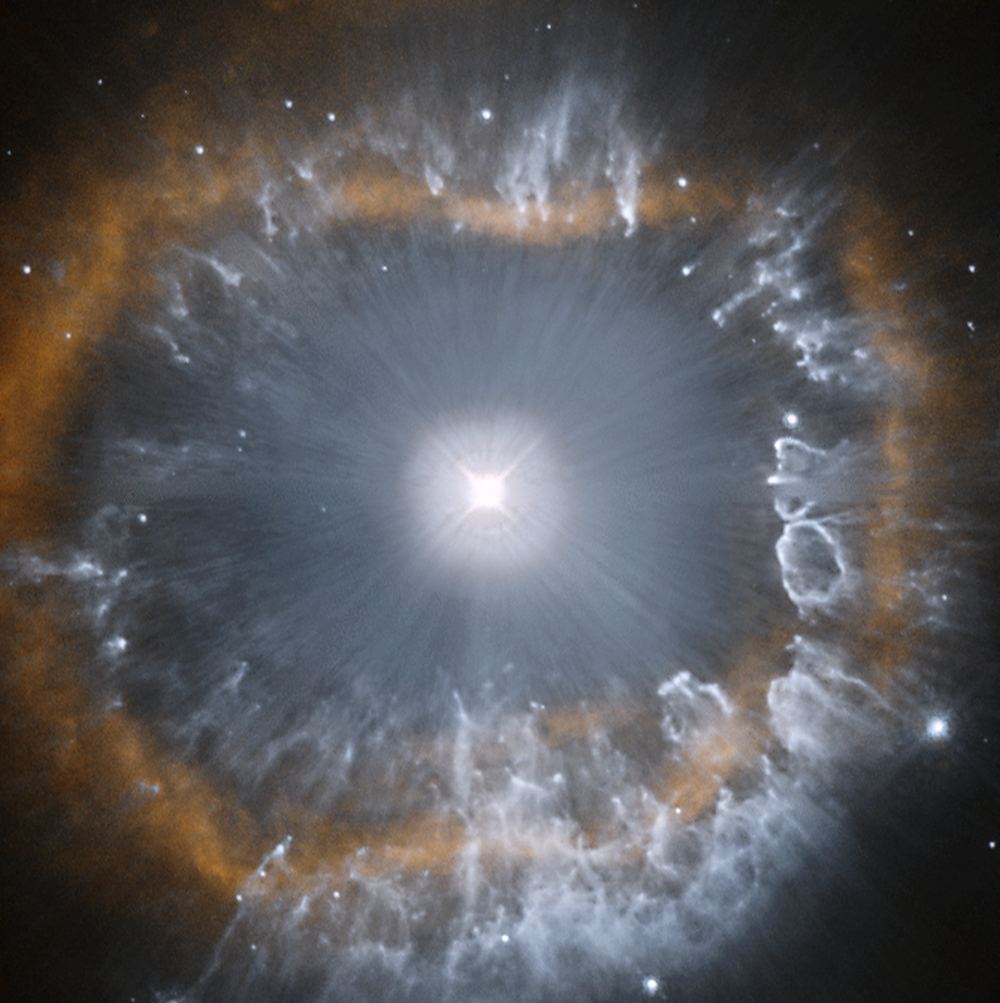
Continue reading

A new study examines two rocky exoplanets (TOI-1634b and TOI-1685b) that appear to have been stripped of their atmospheres.
Continue reading

Continue reading

Continue reading

When we directly observe distant worlds, some exoplanets might appear Earth-like, even when they are not.
Continue reading

Continue reading

Continue reading

Continue reading

Continue reading

Continue reading

Continue reading

Continue reading

Continue reading

Continue reading

Continue reading

A survey of white dwarfs shows they get more magnetic as they age, and we don't know why.
Continue reading

Continue reading

New research hows how changes in the size of the Martian polar ice caps are associated with annual changes in its climate.
Continue reading

According to new research, the Vera C. Rubin Observatory will detect 5 `Oumuamua-like objects a year, creating many opportunities for a rendezvous mission!
Continue reading

The crew of China's Tiangong space station returned to Earth, having set a new record for the longest Chinese crewed mission to space.
Continue reading

Continue reading

Continue reading

Continue reading

Continue reading

An international research team shows how combining data from multiple observatories allowed them to detect clouds in the atmosphere of an exoplanet.
Continue reading

Continue reading

Continue reading

Gaia's 3-D mapping of the galaxy has revealed a cosmic bubble, with clues about how molecular clouds and stars form.
Continue reading

Continue reading

Continue reading

SpaceWorks, an Atlanta-based commercial space company, is working on reentry capsules that will allow for orbital delivery services.
Continue reading

Continue reading

New research has found more evidence that Mars once experienced super-volcanoes that filled the atmosphere with ash and dust.
Continue reading

Continue reading

Continue reading

Continue reading

Continue reading

Continue reading

In a new study, a team of researchers proposed that Dark Matter detectors could also search for the elusive force that is causing our Universe to expand (Dark Energy)!
Continue reading

Continue reading

A new study shows a way to gauge distance in the early Universe.
Continue reading

Continue reading

Continue reading

Continue reading

Continue reading

Continue reading

Continue reading

Continue reading

The ESA just finished testing the drill that will allow the Rosalind Franklin rover to search for signs of life beneath the surface of Mars!
Continue reading

A galaxy survey has shown us the origin of gamma rays from empty space.
Continue reading


















































